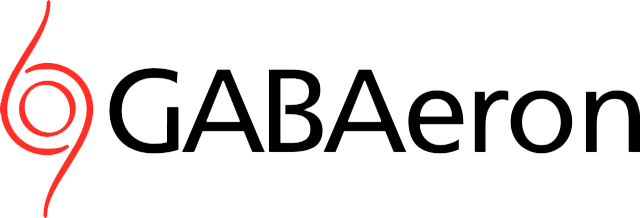Focus Areas
We focus on developing stem cell-based therapy. Our approach combines precision medicine, using genetic information for patient stratification, with regenerative medicine (iPSC-derived cells for therapy) and stem cell intervention to replace and restore lost or injured nerve cells. Our therapeutic approach is designed to preserve the functions of the most vulnerable cell populations in the brains of patients with neurodegenerative disorders. A major target is apoE4-associated neurological disorders.
The Role of ApoE
ApoE4 is the strongest genetic risk factor for late-onset Alzheimer’s disease (AD). Individuals carry one of three variants of the apoE gene: apoE2, apoE3, or apoE4.
Carriers of the apoE4 allele have an increased risk of developing AD at an earlier age-of-onset and an increased rate of progression in a gene dose-dependent manner. 65–80% of all AD patients have at least one apoE4 allele, and 20% of all AD patients are homozygous for apoE4.
Our program aim is to treat apoE4 carriers with AD and is based on the work of GABAeron’s founders, Drs. Yadong Huang and Sheng Ding from the Gladstone Institutes, and Dr. Robert W. Mahley. Their work has led to novel findings related to understanding the structure and function of apoE and recent studies in animal models of AD and in human iPSC-derived neurons. For more visit our Publications page.
– Detrimental Effects of ApoE4
GABAergic Interneuron Loss
ApoE4 causes GABAergic interneuron loss in the hippocampus, which correlates with the impairment of hippocampal network activity and the extent of learning and memory deficits.
Selective Neuron Death
ApoE4 causes the selective death of human iPSC-derived GABAergic interneurons in culture.
Autonomous Detrimental Effect
The detrimental effect of apoE4 on GABAergic interneurons is cell autonomous.
+ Breakthroughs Towards Treatment
Learning & Memory Restoration
Transplantation of mouse GABAergic interneuron progenitors into the hippocampus restores normal learning and memory in aged apoE4 knock-in (apoE4-KI) mice without or with Αβ accumulation.
Restoration by Human Progenitors
Transplantation of human iPSC-derived GABAergic interneuron progenitors into the hippocampus restores normal learning and memory in aged apoE4-KI mice.
Cell Replacement Therapy to Treat GABAergic Interneuron Dysfunction
Current Targets: Alzheimer’s Disease, Down’s Syndrome, Epilepsy
Dysfunction of GABAergic Interneurons
A prominent feature of Alzheimer’s disease (AD) is impaired GABAergic inhibitory interneuron function and an associated network hyperactivity. The loss of both the neurotransmitter GABA and the GABAergic interneurons is associated with neurological disorders, including AD and epilepsy, and psychiatric disorders, including schizophrenia and depression. Specifically, AD patients have a loss of somatostatin-positive interneurons in the hippocampus.
Cell Replacement Therapy
GABAergic inhibitory interneurons in the hippocampus are highly vulnerable to apoE4-mediated toxicity. Specifically, apoE4 expression in mice results in a decrease in GABAergic somatostatin-positive interneurons in the hilus of the hippocampus. The loss of hilar GABAergic interneurons is associated with impaired learning and altered electrical activity. The working hypothesis is that apoE4 synthesized in neurons selectively undergoes proteolysis, generating a series of neurotoxic fragments that injure or kill susceptible hippocampal interneurons. Previous studies in mice have demonstrated that the transplantation of GABAergic progenitors into the hippocampus restored the impaired learning and memory in apoE4 mice. In addition, transplantation of GABAergic interneuron progenitors has the potential to correct seizure activity in an epilepsy model. Thus, the goal of GABAeron is to use cell replacement as a treatment for neurological disorders by selectively producing human iPSC-derived GABAergic interneurons and transplanting them into the dentate gyrus of the hippocampus.



